Branding essentials: How to create a brand strategy that makes your business bulletproof
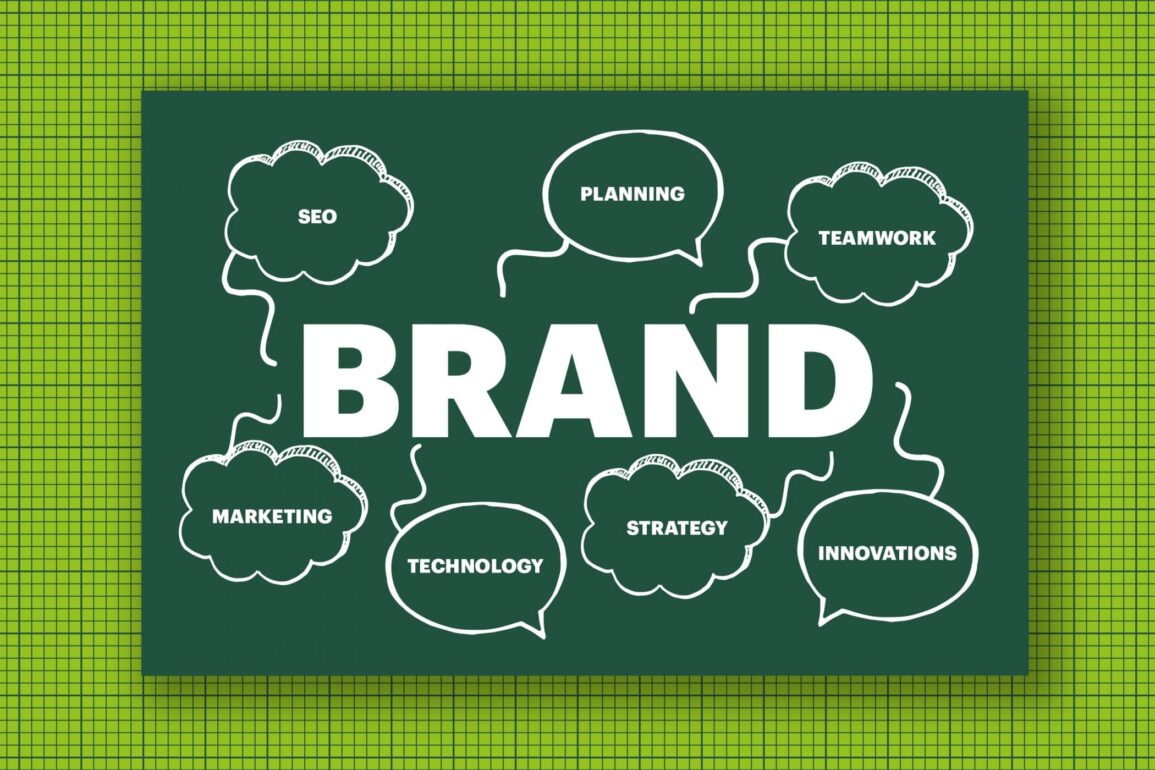
What makes a brand?
That’s a question we’ve covered many times as a brand strategy agency.
After all, there are plenty of companies out there who know they need a brand to connect with their audience, drive profits and maintain an effective reputation. Unfortunately, only a handful of those people understand what true branding all is about.
A brand is an idea. It’s the way your customers feel when they think about your company or see your name on a billboard. ‘Branding’ on the other hand, is a strategic pattern used to develop that all-important perception. A well-defined and carefully executed brand strategy bridges the gap between your business and the people you most want to reach.
Your brand isn’t your logo, your product, your website, or even your painstakingly chosen company name. It’s the combined aspects of your company’s identity that make it so recognisable.
While many of the elements of a brand strategy can seem intangible, the good news is that there is a way to simplify the process. All you need to do is get to know your brand essentials.
Today, we’ll be brushing up your skills in the art and science of brand strategy, with a complete introduction to your must-have branding essentials.
Let’s begin.
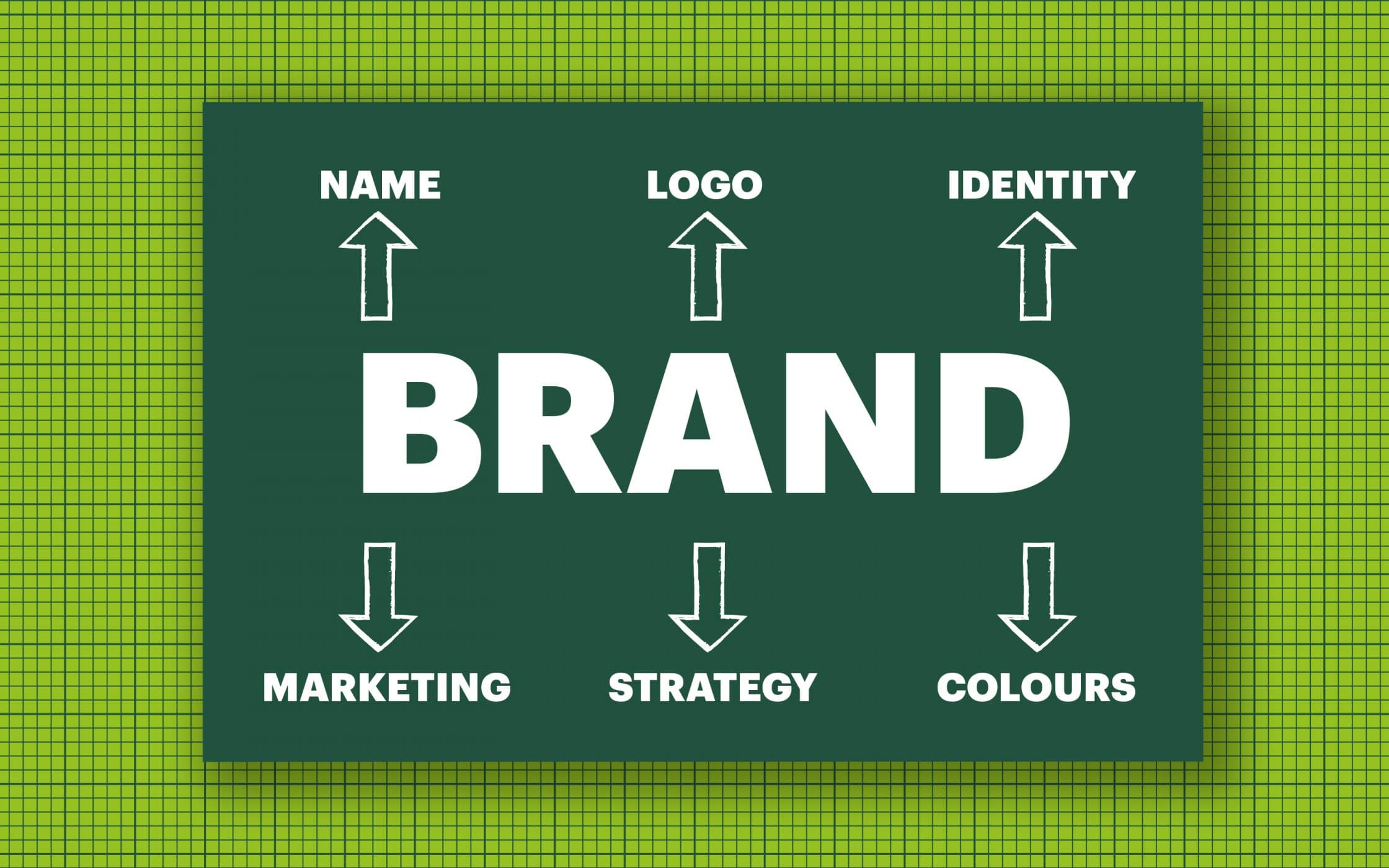
What makes a brand bulletproof? Branding essentials
Since a brand is, in basic terms, how your customers perceive you, it’s essential to make an excellent first impression.
A robust brand strategy is the easiest way to give your team the guidance they need to make a positive connection with your target audience. Here, we’re going to cover all the major brand essentials included in a standard brand strategy. However, before we get started, make sure that you have the following foundation elements in place:
1. Your user personas
The last thing you want to do is put hours of time and effort into creating a brand that doesn’t resonate with your customers. Before you start building anything, make sure that you create a selection of in-depth user personas to guide your decisions. Do your homework and find out everything you can about the people most likely to buy your products and services. Where do they live? How old are they? Which other companies do they like?
2. Your vision statement
Where is your company going? When you’ve finished developing a great brand, what do you want people to see in your future? A vision statement clearly communications your company’s objectives and provides you with a crucial compass for future branding decisions. Get your whole team together to discuss the vision that’s right for you, and remember to keep your target audience in mind.
3. Your brand story
Just as important as where you’re going, is where you’ve been. It’s important to have a background story that your customers can get behind. Ask yourself where the idea for your product or service came from. How does it help your customers? What can you offer that no-one else can? Ideally, it may help to write an elevator pitch for your brand that summarises the most valuable components of your business.
Now that those starting points are out of the way let’s take a closer look at the most critical branding essentials for any brand strategy.
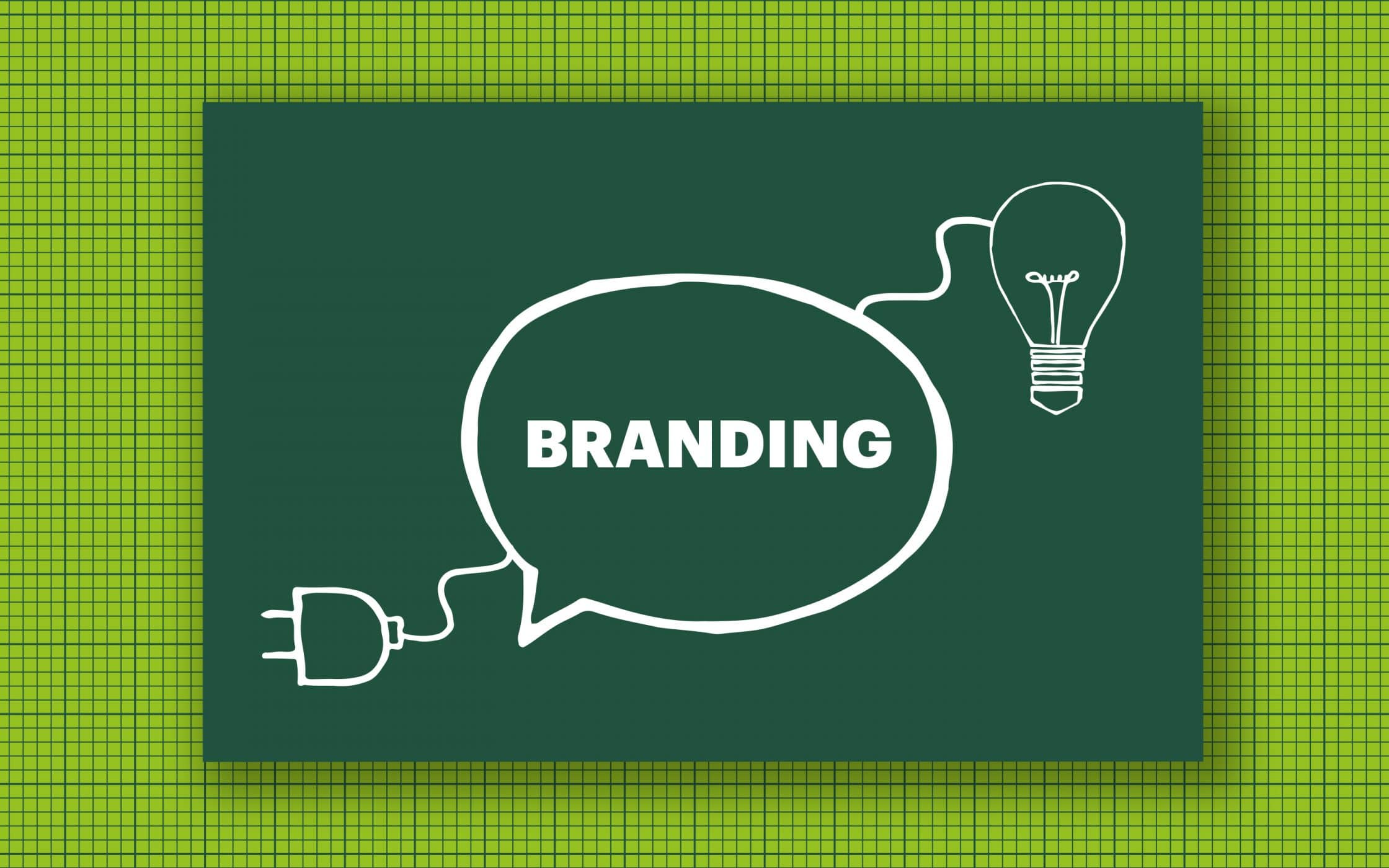
Branding essentials #1: Brand purpose/promise
Every brand makes a promise, whether it means to or not.
McDonald’s promises to deliver delicious fast food to customers in a hurry. Harley Davidson pledges the thrill and excitement of the open road. While knowing your brand promise is essential, in a world where customer loyalty is limited, you need more than just a promise – you also need a purpose.
Your brand promise will help you to figure out important things like your USP, and your brand position. However, you also need to know why your business exists in the first place. For instance, while every company wants to make money, the best brands go beyond that concept to accomplish something incredible. For example, look at IKEA’s vision statement:

By clarifying their purpose as “to create a better everyday life,” IKEA gives greater depth and meaning to their brand promise. They show their customers that they have value beyond merely offering another product.
Of course, a promise is only good if it’s kept. If you don’t deliver on your promise or show that your purpose truly matters to you, then your reputation will suffer. Make sure that everything you do links back to the claims you make as a company, and the image you’re trying to create.
Branding essentials #2: Brand positioning
There are plenty of brands companies around the world today, all striving to get ahead. Thanks to the digital world and the low entry barrier to entrepreneurship, today’s organisations are facing more competition than ever before. If you want to make people sit up and take notice, then you need something unique. You need brand positioning.
As one of the critical brand essentials for any business strategy, successful positioning is all about elevating your organisation to a point where people can’t help but take notice. It’s about finding where you fit in the world, alongside other businesses inside your niche. To excel in brand positioning, you’ll need to:
1. Be different
It’s hard to convince people to become your loyal followers when you don’t have anything unique to offer. With that in mind, it’s important to make sure that you have something that sets you apart from the competition. This could be an inspiring personality that automatically engages your target audience, or a fantastic customer service experience. Whatever it takes, find a way to stop yourself from merely blending into the background.
2. Be focused
Today, people don’t want general companies that claim to do everything and anything. While that might be fine for a supermarket, for the most part, if you have a problem, the first person you turn to is a specialist. The more you can highlight your expertise within a particular niche, the more desirable you become. Of course, this means that you need to narrow your focus on the kind of audience you’re going to appeal to. While it may be tempting to try and sell to as many people as possible, you’ll get much better results if you find your niche.
3. Stand for something
Finally, the best businesses today aren’t all about profits, numbers and sales margins. The most successful companies are the most inspiring. Look at BrewDog with their quest to get rid of boring beer, or Vivienne Westwood with her incredible punk-rock fashion. Find out what matters to your target audience and build your brand around those distinct values. Standing for something means that you give your customers something to get behind truly.
Branding essentials #3: Brand image
Often, when people are asked to imagine or identify a brand, the first thing they think of is a brand image. After all, what’s more iconic than the bright red of a Coca-Cola can, or the golden arches of the McDonalds logo?
Of course, your brand is more than just a pretty face. Branding goes beyond the visuals, to the emotional experience that you can deliver to your customers. It’s a story that you tell to connect with your audience. Of course, to tell that story well, you also need a few illustrations along the way.
Here are just some of the brand essentials that make up that all-important brand image.
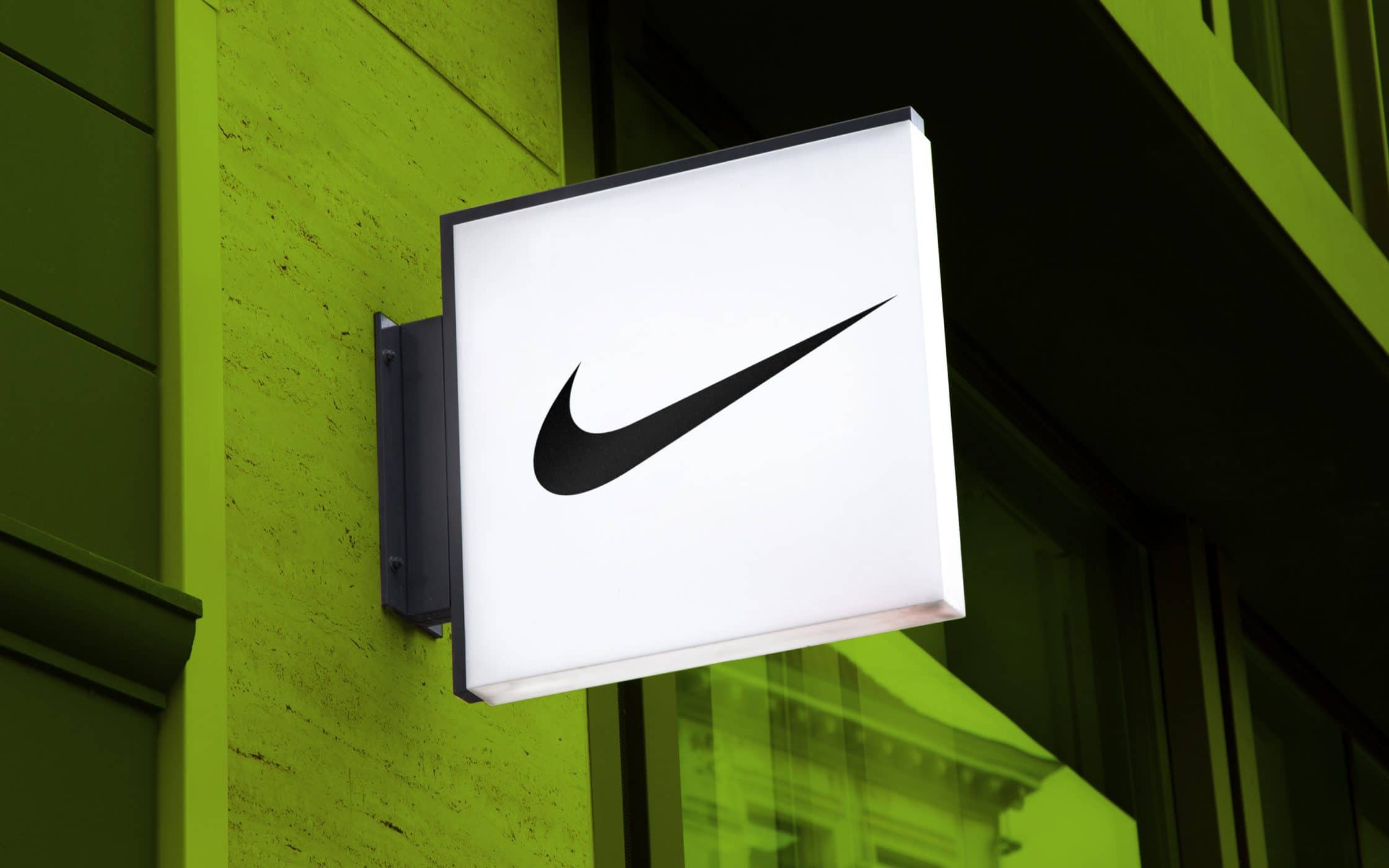
1. The logo
There are few things more fundamental in a list of branding essentials than your logo. Your logo is the visual trademark that identifies your company. It’s also a badge of honour for the customers that come to know your organisation. Falling victim to common logo mistakes will make it harder to earn the love and support of your audience.
In certain circumstances, a logo can even become a status symbol. Just think of how proud people feel when they drive a high-class car like a Porsche or wear a Rolex watch. The logo you choose not only identifies your company, but it also acts as a visual culmination of everything you stand for as a brand. For instance, the Nike ‘Swoosh’ is now so recognisable that we no longer need the brand name ‘Nike’ to identify it:
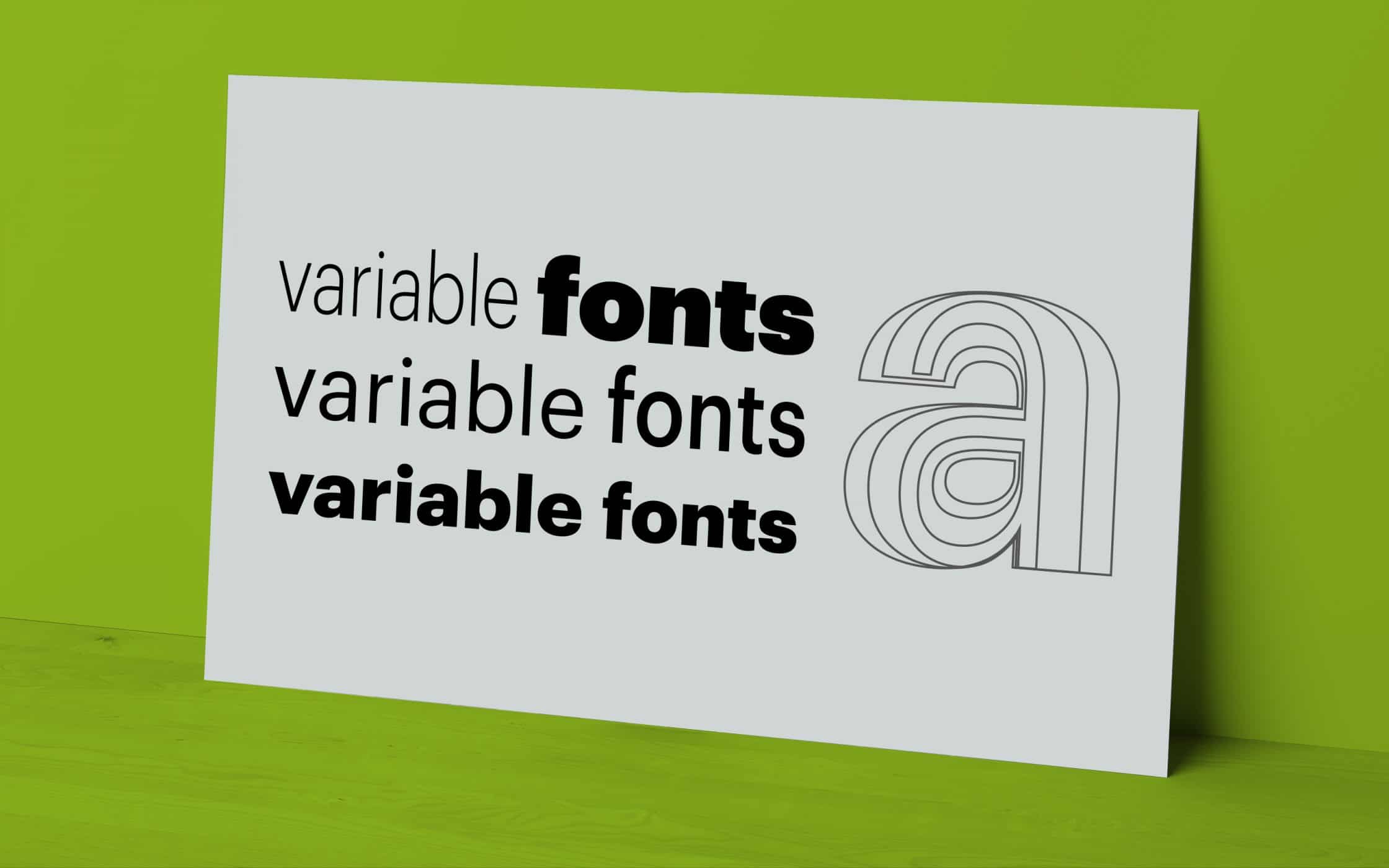
2. The typography
Another thing that brand strategy agencies highlight when it comes to visual brand essentials is your typography. Just like a logo, or a selection of carefully chosen shapes, the font you choose can change the way people feel about your brand. While serif fonts convey a feeling of sophistication and professionalism, sans-serif fonts are modern, informal, and friendly.
Remember, typography isn’t just important for your logo. Consider your options carefully when publishing content on your website, sending out newsletters, or handing out brand communications too.
3. The colour palette
Another crucial item on our list of brand essentials. Human beings have a deep emotional connection with the concept of colour. The deep blue of your bank’s logo can make you feel secure and well-protected, while the white of a hospital is sterile and clean. The red of a Coca-Cola can is passionate and vibrant, while the purple of Cadbury’s feels luxurious and regal.
Choosing a colour palette isn’t easy. Think about the kind of impact you want to have on your customers and remember to take the trends of your marketplace into account.
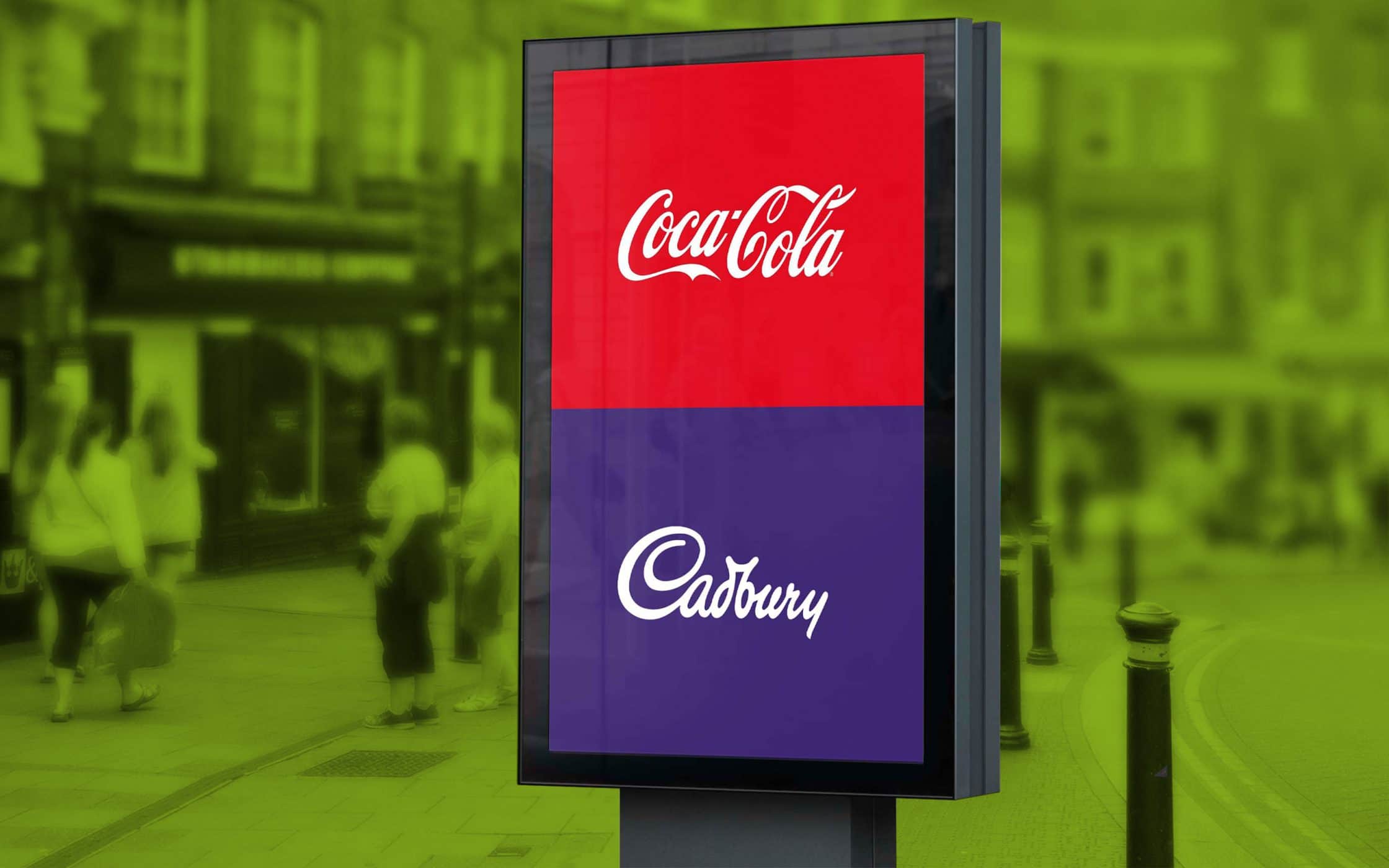
4. Imagery
Finally, as the digital world becomes increasingly visual, it’s important to make sure that the impact you have online maintains the same look and feel wherever you are. In part, this means using the same logo and colours wherever possible. However, you’ll also need to think about the photography and images you’re using in your blogs, website, and social media posts.
Even the smallest assets, like the icons you create for your website, can make a difference to your overall brand presence.
Your visual assets need to have the same underlying atmosphere to them so that people can associate them with your brand. This means that stock photography might be a no-go area. There’s nothing unique about a stock image, unless it’s manipulated to reflect your own distinct identity.
Branding essentials #4: Brand personality & values
Now that we’ve covered the face of your brand identity, it’s time to dive a little deeper into your brand essentials.
Sometimes, the best way to start your brand strategy is to think of your company like a person. If you could describe your organisation as a ‘someone’ instead of a something, which characteristics would you choose? Are you innovative? Fun? Sophisticated?
At the same time, what kind of values set your brand apart as something special? What are the components that drive its behaviour, its image, and its online voice?
Your brand personality and core values give your organisation a human component that other people can connect with. It’s how you make your campaigns more emotional and create affinity with your target audience.
So, how do you create a personality?

Finding your identity
First, start by examining your customer personas and figuring out what kind of personality your audience has. It’s much easier for human beings to connect with companies that we feel we share an affinity with. Your personality should blend naturally with the characteristics of your target audience.
Then, get together with your team and brainstorm the words that you feel best describe your company. Try to stay away from cliché terms like ‘quality’, as those won’t help to differentiate you from your competitors. Instead, look for adjectives that get to the heart of your company. For instance, UPS is ‘dependable’, while Sony is ‘inventive’.
Try to narrow your personality down to no more than three words. This will help to give you focus as you move forward with your marketing and messaging campaigns.
Once you have your personality in mind, there are plenty of ways that you can use it to add depth to your brand strategy. Your character should show through in everything you do as a company. It should appear in your:
- Brand messaging and tone of voice.
- Image and brand colours.
- Marketing campaigns and promotional strategies.
For instance, you wouldn’t expect a company like Nationwide to host an annual soapbox racing tournament, because their personality is built on trust and loyalty. On the other hand, high-octane adventures are right on track for a brand like Red Bull. Finding your personality will help you to stay consistent as you work through the rest of your branding essentials.

Branding essentials #5: Brand message and voice
One of the critical branding essentials that your personality will help you with is choosing your messaging. Importantly, your brand messaging strategy comes down to more than just finding the right tone of voice. It also means figuring out how you’re going to make that voice heard.
As part of your brand strategy, brand messaging articulates your value as a company, what you can deliver to your customers, and why they should connect with you. Brand messaging tells a story that gets people engaged with your products and services and even convinces them to become a part of your tribe.
Components of your brand messaging might include:
- Your sales pitch.
- Your vision or mission statement.
- Your marketing campaigns.
- Your social media accounts.
- Your content marketing strategy.
- Your website copy.
- Your brand strapline/tagline.
The most persuasive brand messaging is concise, compelling, and cohesive. Like the other elements on our list of brand essentials, your brand message is always ‘consistent’ too. No matter how many people are on your marketing team, or where your words end up, your customers should always feel like they’re talking to you.

Finding your core brand message
Behind every incredible brand is a fundamental message.
Think about the one sentence you would use to describe why your company matters, and what sets you apart from the competition. You might already have this written down in the form of your unique selling proposition (USP).
Your core message helps to shape subsequent brand messages and marketing decisions. For instance, consider Innocent’s strapline: “Tasty little drinks.” It instantly conveys the personality of the company – fun and friendly, and what the business sells. Your core message doesn’t have to be complicated; it just has to give you a direction to work with.
Your handy messaging checklist
It may take some time before you get your brand messaging perfect. However, for the sake of building a comprehensive brand strategy, here are a few things you can look for to make sure you’re on the right track. Ask yourself:
- Is your messaging compelling and easy to understand?
- Does your core message differentiate you from your competitors?
- Is your tone of voice consistent across every channel?
- Does your personality shine through in your messaging?
- Are you sharing your messages on the channels that are most appealing to your audience?
- Would seeking the guidance of a brand strategy consultant be beneficial for me?

Branding essentials #6: Brand equity
Finally, we come to the last component on our list of branding essentials.
Brand equity is how you measure the value of your brand.
All companies want their brands to be the first to pop to mind for their customers, when they’re facing a specific problem, or looking for a specific resolution. Brand equity is essentially the value, recognition, and awareness—among other things—that keeps your business top of mind for your target audience. Some of the key brand essentials in equity include:
1. Brand awareness
To establish brand awareness among your consumers, you need to help them understand who you are and what you do. That means more than merely making your logo as recognisable and memorable as possible. Instead, you need to make a connection with the people that are best suited to your target audience.
With fantastic brand awareness, you anchor yourself within the subconscious of your consumers and remind them why they should always choose you over your competitors.
2. Brand quality
Brand quality comes in many different formats. The quality of your brand might be defined by the exceptional customer service that you offer both online, and in person. Alternatively, you may sell a higher quality of product than your competitors. For instance, SWATCH and Rolex watches work the same, but the design, materials, and impact of a Rolex watch gives it more ‘quality’ in the eyes of consumer. Companies can alter perceived quality with the right branding – all it takes is a commitment to making your customers see the value that you see.

3. Brand associations
It may be a dog-eat-dog world in the business space right now, but that doesn’t mean that your company couldn’t benefit from some support from the right partner. One great way to build your brand equity through associations is with influencer marketing. By connecting your company with the people and organisations that your customers already love, you benefit from a sort of ‘halo effect’, that convinces them to trust your brand more too.
You can also build associations by focusing on certain values, like environmental conservation, or sustainability.
4. Brand loyalty
Finally, few things make a company more valuable, than the loyalty their customers have to their brand. Brand loyalty is crucial to the growth and sustainability of your organisation, and it should be a fundamental part of your brand strategy. The more you can build brand loyalty through exceptional service, great products, and fantastic brand experience; the more your happy customers will turn into ambassadors for your business. As we all know, word of mouth marketing is the most influential advertising there is.

Piecing it all together: Don’t underestimate brand strategy
As a brand strategy agency in London, we encounter a selection of other branding essentials alongside the ones we’ve mentioned above. However, this guide should give you a fundamental insight into some of the most critical elements that go together to make an incredible brand.
Use your brand essentials correctly, and you’ll develop a strategy that helps you to sell more of your products or service, outshine your competition, and even earn the long-term loyalty of your target audience.
Your brand strategy is your guiding light in building a sustainable business. It helps you set expectations with your customers and meet them too.
Just remember that all of the brand essentials we’ve mentioned above have one very crucial thing in common – they thrive on consistency. Your brand should be a clear and compelling beacon to everyone who comes into contact with it. That means that you need to maintain the same strategy and create a cohesive experience all the way from your logo, to your brand messaging and more.
Are you ready to start working on your brand essentials? Reach out to Fabrik here.
If you enjoyed this article, you might enjoy these too:
—Brand strategy: It’s time to invest in your No.1 asset
—Where next? Exploring the wonders of wayfinding












